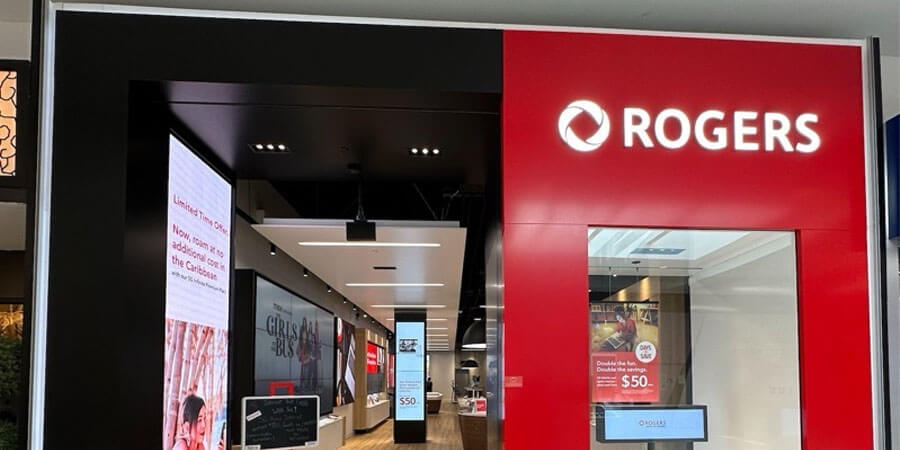SaskTel has announced a major capital investment of approximately USD 465.9 million for the 2025-2026 fiscal year to deliver cutting-edge connectivity to residents and businesses across Saskatchewan.
Telecom Operators
Rogers Secures CAD 7 Billion Equity Investment from Blackstone
ExpiredRogers Communications, Inc. (Rogers) has signed an agreement with Blackstone, supported by Canadian institutional investors, for an equity investment totaling CAD 7 billion.
TELUS Launches Sovereign AI Factories in Quebec and British Columbia
ExpiredTELUS has announced plans to establish its first sovereign artificial intelligence (AI) factories in Rimouski, Quebec, and Kamloops, British Columbia, positioning both communities at the forefront of Canada's next generation of sustainable and globally competitive AI infrastructure.
SaskTel Expands 5G Service to Nearly 100 Rural Cell Locations
ExpiredSaskTel has launched a major 5G network expansion, connecting nearly 100 rural cell sites across Saskatchewan, including Arborfield, Zenon Park, and other communities and highway corridors. This expansion reflects SaskTel’s commitment to delivering next-generation wireless connectivity in rural areas.
Canadian Telecom Giants Urge CRTC to Exclude Starlink in Northern Internet Subsidies
ExpiredSatellite internet service, Starlink, is facing opposition from Canada’s telecom giant, Bell Canada (Bell), as it seeks access to government subsidies to enhance internet connectivity in remote northern regions.
TELUS to Consider De-leveraging Some Assets
ExpiredIn its ongoing commitment to bring connectivity and cutting-edge technology to more Canadians, TELUS has been engaging advisors for several months on a number of balance sheet strengthening items, including evaluating a potential plan to sell a minority stake in our world-class portfolio of wireless towers.
Rogers to Introduce Legacy Network Fee Ahead of 3G Shutdown
ExpiredCanadian telecommunications operator, Rogers Communications Inc. (Rogers), has announced a new monthly fee for customers using its legacy 2G and 3G networks as the company prepares to shut down these services.
OECD Report Spotlights TELUS as Leader in Workforce AI Literacy
ExpiredTELUS, a world-leading communications technology company, is the only Canadian organization featured in the latest Business report at OECD, Boosting Productivity and Business Growth – the Role of Artificial Intelligence (AI) Skills.
Freedom Mobile Expands 5G+ with 3800 MHz Spectrum Upgrade
ExpiredFreedom Mobile has launched a strategic rollout of 3800 MHz spectrum in its 5G+ network across Ontario, Alberta, and British Columbia, marking a significant upgrade in network capabilities.
TELUS Launches Canada's Sovereign AI Factory, Powered by NVIDIA
ExpiredTELUS, in collaboration with NVIDIA, has announced that it plans to build Canada's leading Sovereign artificial intelligence (AI) Factory—a powerful and highly secure facility that will give Canadian businesses and researchers access to cutting-edge technology—helping them develop smarter AI products, streamline operations, and stay competitive in a fast-changing world. The facility will provide supercomputers and software needed to train AI while keeping data safe within Canada's borders.














